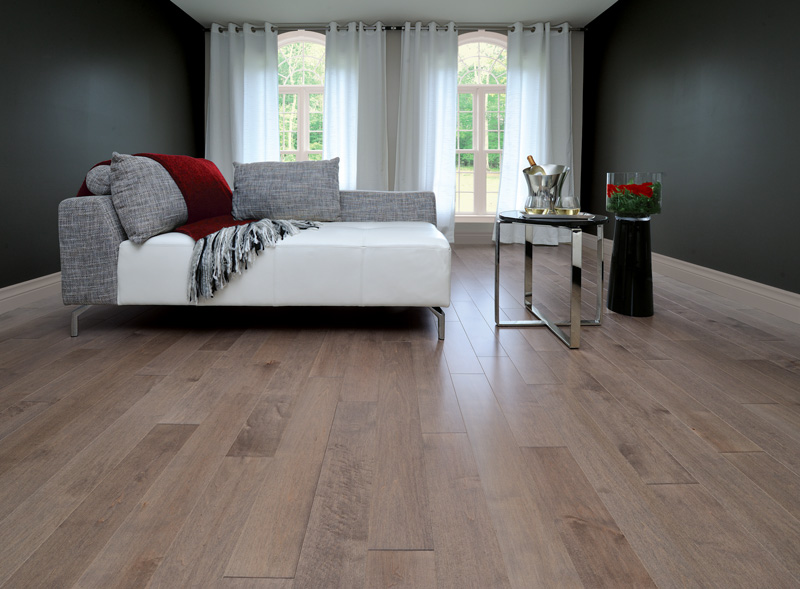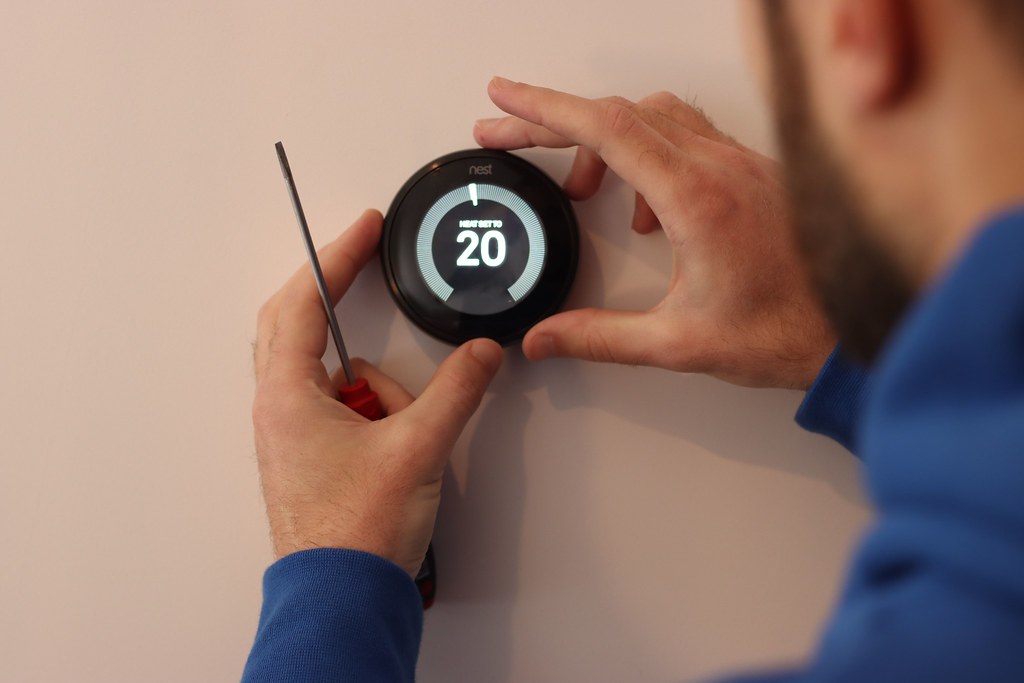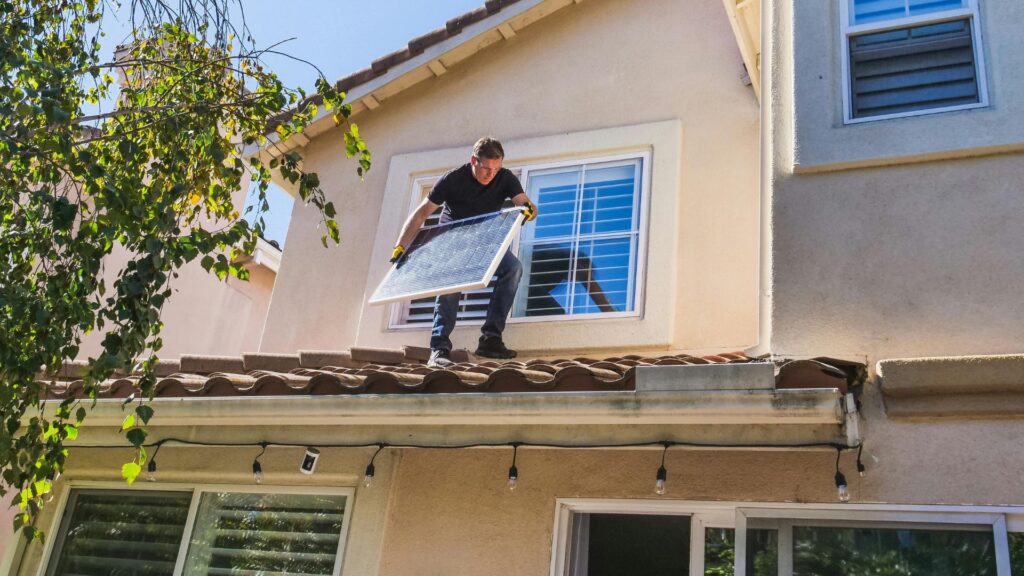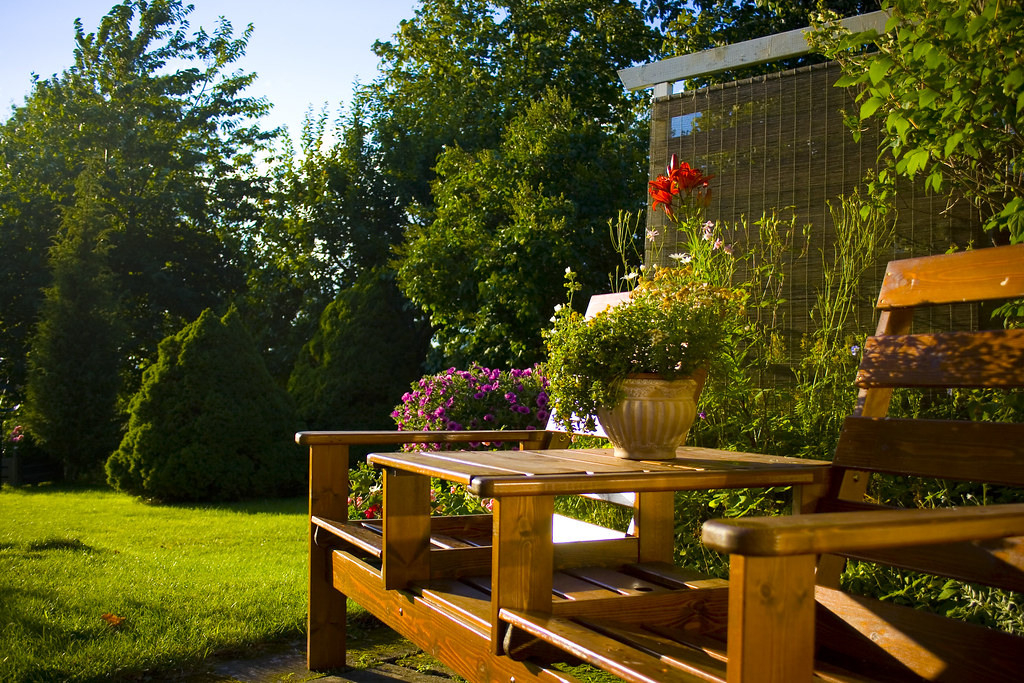Hardwood floors can last for decades, but time takes a toll. Scratches, dents, dull finishes, and worn spots start to show. If your floors are looking tired, refinishing might be the answer. It’s a way to restore beauty without replacing the whole floor.
But how much does it really cost? It depends on a few key factors—square footage, wood condition, and whether you go the DIY route or hire a professional. Let’s break down what to expect when it’s time to sand and seal.
What Refinishing Involves
Refinishing hardwood means sanding off the top layer of the wood and applying a new protective finish. This process removes old stain, scratches, and surface damage. It doesn’t fix deep gouges or warped boards, but it does breathe new life into the surface.
Most refinishing jobs include:
- Clearing the space
- Sanding the wood smooth
- Staining (if desired)
- Sealing with a clear finish
- Allowing time to dry and cure
This project usually takes 3 to 5 days, depending on the size of the space and how many coats are applied.
Average Costs by Square Foot
In 2025, homeowners typically pay between $4 and $8 per square foot to have their floors professionally refinished. That includes labor, sanding, materials, and sealing.
Here’s what that might look like:
- 500 square feet = $2,000 to $4,000
- 800 square feet = $3,200 to $6,400
- 1,200 square feet = $4,800 to $9,600
Keep in mind, location matters. Refinishing costs more in high-cost cities, while smaller towns may fall on the lower end of the range.
What Affects the Price?
Every job is different, and a few key details can push your total up or down.
- Condition of the wood: Heavily damaged floors require more prep and may need board replacement.
- Stain color: Applying a stain adds time and labor to the process.
- Type of finish: Oil-based finishes cost less but take longer to dry. Water-based finishes cost more but dry faster and smell less.
- Room layout: Small rooms or odd angles take longer to sand and seal than large, open spaces.
If your floors are covered with layers of old wax or polyurethane, expect to pay more for removal before sanding begins.
DIY or Hire a Pro?
It’s possible to rent a drum sander and do the job yourself, especially if you’re comfortable with tools and patient with the process. Equipment rental runs about $50 to $80 per day, and materials (sandpaper, stain, and sealant) can add $200 to $300 more.
But sanding hardwood is not easy. It’s loud, dusty, and easy to mess up. A slip with the sander can leave permanent grooves in your floor. If you’re trying to save money and don’t mind learning as you go, DIY might work. But for best results and fewer headaches, most people hire professionals.
Additional Costs to Watch For
There are a few extras that might not be included in your quote:
- Furniture moving: Some contractors charge extra to move heavy items out of the space.
- Baseboard or trim touch-ups: Sanding can scuff your trim, which may need repainting afterward.
- Dust containment systems: Low-dust refinishing costs more but makes cleanup easier and keeps the air cleaner.
- Repairs: Replacing damaged boards or fixing squeaks adds to the labor.
Always ask for an itemized quote so you’re clear on what’s included and what isn’t.
How Long Will It Last?
With proper care, a newly refinished floor can last 7 to 10 years or more. The key is avoiding moisture damage, heavy scratches, and high heels on bare wood.
Use rugs in high-traffic areas, add felt pads to furniture legs, and sweep or vacuum regularly to prevent debris from scratching the surface. Refinishing doesn’t make your floor bulletproof, but it does give it a second life.
Can You Refinish All Wood Floors?
Most solid hardwood floors can be refinished multiple times, usually up to 3 to 5 times over their lifetime. But engineered hardwood may only be refinished once, if at all, depending on how thick the top wood layer is.
Before you start sanding, check your floor’s thickness. If you’re unsure, a flooring professional can help you determine whether refinishing is an option.
Refinishing hardwood floors is a smart way to protect your investment and make your home feel new again. While the cost may seem high at first, it’s far cheaper than replacing the entire floor, and the results can be dramatic.
Plan for a few days of disruption, get a clear estimate, and choose finishes that match your lifestyle. Whether you go DIY or bring in a pro, the payoff is worth it. You’ll be walking on like-new floors for years to come.



